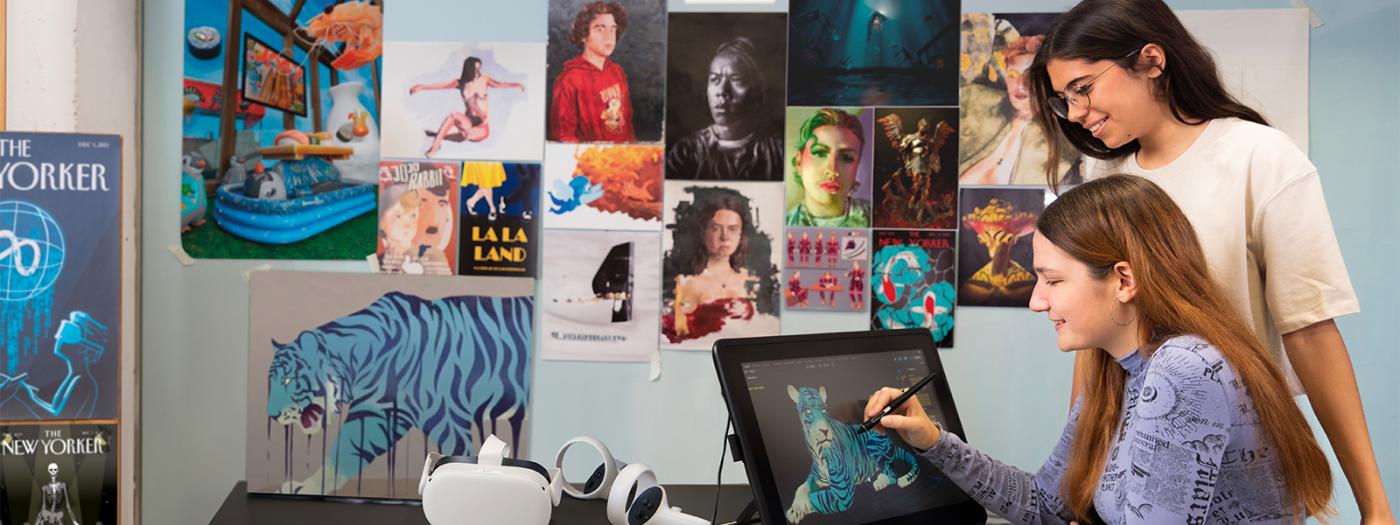I. THE CHARACTER AND THE CONTEXT
II. THE CHARACTERIZATION
III. THE MAIN HISTORY VS. THE BACKGROUND HISTORY
IV. THE PSYCHOLOGY OF THE CHARACTER
V. THE SECONDARY CHARACTER
VI. RELATIONSHIPS
VII. THE CHARACTER NOT REALISTIC
VIII. THE DIALOGUES
IX. STEREOTYPES AND CHARACTERS TYPE - OPEN METHOD
X. ARCHETYPES - CLOSED METHOD
Evaluation
INDIVIDUAL PRACTICAL CASE I [25%] - Do a work, with an index, which includes exercises 1 to 6 prepared in class.
- Exercise 1. Select a character and describe it according to the context.
- Exercise 2. Select three characters from three different authors and describe them according to their own author, but also, as if they had been created by the other two (eg SonGoku-Toriyama, Alícia-Carroll, Don Quixote-Cervantes, and ... What would Alice be like if Toriyama had done it, what would Don Quixote be like if Toriyama had done it, etc.).
- Exercise 3. Analyze your own coherences and paradoxes.
- Exercise 4. Identify a character who, not having a background story, becomes criticizable.
- Exercise 5. Select a character and show or describe their evolution over time.
- Exercise 6. Choose a classmate and point out their two predominant functional types and their two masked functional types, according to Jung.
INDIVIDUAL PRACTICAL CASE II [25%] - Do a work, with an index, which includes exercises 7 to 12 prepared in class.
- Exercise 7. Select a single animated film, with which you can explain a selection of characters according to their participation in the story, according to their narrative role and according to their psychological depth.
- Exercise 8. Identify an example of a symbolic, non-human, fantastic and mythical character.
- Exercise 9. Identify a dialogue from a feature film that can be criticized. List the causes.
- Exercise 10. Write a dialogue with subtext.
- Exercise 11. Make a list that explains and justifies 10 different stereotypes. In their time, from 0 to 5 (0 - little / 5 - a lot), give them a score for their grade.
- Exercise 12. Draw a hero and a mentor; or a hero and a guardian of the threshold; or a hero and an engalipador. Explain why you created and related them like this.
GROUP PRACTICAL CASE [50%] - Carry out a study, with written work and oral presentation, of a certain pseudoscience, mythology or others.
The writing, with an index, an introduction, some conclusions and a bibliography, adding, as an appendix, an explanatory but complete summary table, the only projectable image in the 20-minute oral presentation that you will have in this regard. last days of class (May 13 and 20).
Topics (13): Chinese Astrology, Zodiacal Astrology, Astrology and Tarot, Cryptozoology, Crystallography, Spirituality and Feng Shui, Phrenology, Graphology, Greek Mythology, Norse Mythology, Numerology, Golden Parapsychology, Parapsychology and Telekinesis / Others: Celtic mythology, Roman mythology.
DURAN, J. (2019). La muerte en el cine. Barcelona: Editorial UOC.
FRENZEL, E. (1976). Diccionario de argumentos de la literatura universal. Madrid: Gredos.
JUNG, C. G. (2002). El hombre y sus símbolos. Barcelona: Paidós.
LAVANDIER, Y. (2003). La dramaturgia. Madrid: Ediciones IU.
LLOVET, J. (2018). La literatura admirable. Barcelona: Pasado y presente.
PROPP, V. (2008). Las raíces históricas del cuento. Madrid: Fundamentos.
SEGER, L. (2000). Cómo crear personajes inolvidables. Barcelona: Paidós.
TRUFFAUT, F. (1974). El cine según Hitchcock. Madrid: Alianza.
VOGLER, C. (2002). El viaje del escritor. Barcelona: Robincook.
